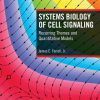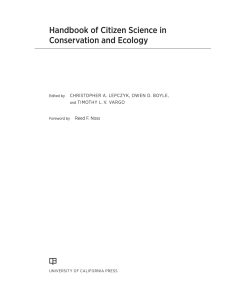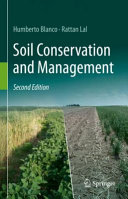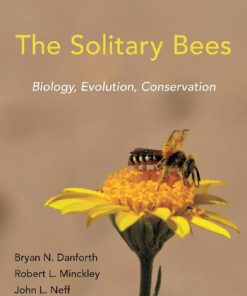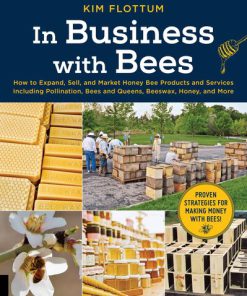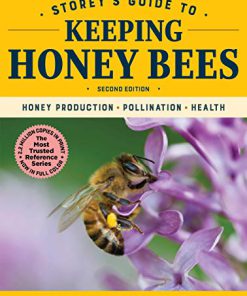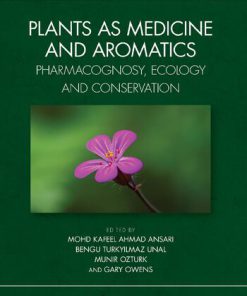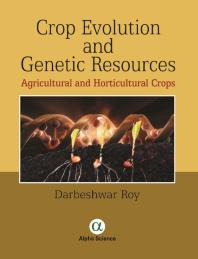Crop Pollination by Bees Evolution Ecology Conservation and Management 1st Edition by Keith S Delaplane ISBN 9781786393494 1786393492
$50.00 Original price was: $50.00.$25.00Current price is: $25.00.
Crop Pollination by Bees Evolution Ecology Conservation and Management 1st Edition by Keith S Delaplane – Ebook PDF Instant Download/Delivery: 9781786393494 ,1786393492
Full download Crop Pollination by Bees Evolution Ecology Conservation and Management 1st Edition after payment
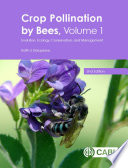
Product details:
ISBN 10: 1786393492
ISBN 13: 9781786393494
Author: Keith S Delaplane
Crop Pollination by Bees Evolution Ecology Conservation and Management 1st Edition Table of contents:
1 Angiosperms and Bees: The Evolutionary Bases of Crop Pollination
1.1. Sex: Diversity with Stability
1.2. Sex in the Gymnosperms
1.3. Flower Morphology and Fertilization
1.4. Evolution of the Flower
1.5. Coevolution of Animal Pollinators and the Flower
1.6. Insect Flower Visitors and the Significance of Bees
Notes
2 Biology of Bees
2.1. Bee Fundamentals
2.2. Solitary Bees
2.3. Social Bees
2.4. A Word About Pollinator Efficacy and its Labels
2.5. Effects of Non-Native Bee Species
3 What Makes a Good Pollinator?
3.1. Pollinator Efficiency
3.2. Pollination Performance from the Perspective of the Bee
3.3. Pollinator Dependency from the Perspective of the Plant
3.3.1. Breeding systems
3.3.2. Flower and fruit morphology
3.4. Pollinator Performance from the Perspective of Foraging Ecology
3.4.1. Theoretical foundations
3.4.2. Taxon-based differences in bee flight distance
3.4.3. Morphological considerations
3.4.4. Forager behaviour in rich and poor habitats
Notes
4 Economic and Ecosystem Benefits of Bee Pollination
4.1. Worldwide Production Trends for Bee-Pollinated Crops
4.2. Quality Properties Distinctive to Bee-Pollinated Crops
4.3. Value of Optimizing Pollination in Bee-Pollinated Crops
4.4. Efforts at Valuing Bee Pollination Across Geographic Scales
4.4.1. Economic value of insect pollination
4.4.2. Attributable net income
4.4.3. Replacement value
4.4.4. Consumer surplus
4.4.5. Computable general equilibrium
4.4.6. Higher-order dependence
4.4.7. Stated preference or willingness to pay
4.5. Other Ecosystem Services Provided by Bees
Note
5 State of the World’s Bee Pollinators and the Consequences for Crop Pollination
5.1. Bee Decline: Evidence Over Hyperbole
5.2. Bee Decline Examined
5.2.1. Interactions between landscape alteration and agricultural intensification
5.2.2. Interactions between landscape alteration and non-native species
5.2.3. Interactions between pathogens and managed bees
5.2.4. Interactions between artefacts of agricultural intensification
5.2.4.1. Nutrient stress
5.2.4.2. Pesticides and other agrochemicals
5.2.4.3. Pathogen on pathogen interactions
5.2.4.4. Direct effects of agricultural intensification on bee pathogens
5.2.5. Interactions between climate change, landscape alteration and agricultural intensification
5.3. Modelled Predictions of Bee Decline
5.4. Bee Decline and Impacts on Pollination
5.4.1. Pollination deficit from sick bees
5.4.2. Pollination deficit from bee shortage
Note
6 Applied Bee Conservation
6.1. Natural Bee Habitats
6.2. Restored Bee Habitats
6.2.1. Plant lists
6.2.2. Importance of season-long bloom
6.2.3. Importance of native perennials as bee pasture plants
6.2.4. Importance of age and diversity of restorative plantings
7 Honeybees: Their Biology, Culture and Management for Pollination
7.1. Bee Colony and Beekeeper Demographics
7.2. Honeybee Biology
7.3. Honeybees as Pollinators
7.3.1. Synergies with other bee species
7.3.2. Africanized honeybees and pollination
7.4. Simplified Beekeeping for Pollination
7.4.1. Basic hive parts and configuration
7.4.2. Other required beekeeping equipment
7.4.3. Buying colonies
7.4.4. Installing package bees
7.4.5. Minimum hive management
7.5. Managing Honeybees for Pollination
7.5.1. A good pollinating hive
7.5.2. Moving hives
7.5.3. Timing
7.5.4. Irrigation and bee activity
7.5.5. Recommended bee densities
7.5.6. Hive placement
7.5.7. Non-crop or ‘competing’ bloom
7.5.8. Pollen or biocontrol dispensers
7.5.9. Pollen traps
7.5.10. Honeybee attractants
Notes
8 Bumble Bees: Their Biology, Culture and Management for Pollination
8.1. The Genus Bombus
8.2. Bumble Bee Biology
8.3. Bumble Bees as Pollinators
8.4. Conserving Wild Bumble Bees
8.5. Rearing Bumble Bees
8.5.1. Hiving colonies from the field
8.5.2. Providing artificial nesting sites in the field
8.5.3. Rearing bumble bees year-round
8.5.3.1. Honeybees as a source of pollen and surrogate workers
8.5.3.2. The queen starter box
8.5.3.3. The finisher box
8.5.3.4. Ambient rearing conditions
8.5.3.5. Feeding colonies in captivity
8.5.3.6. Catching queens and initiating nests
8.5.3.7. Graduating incipient colonies to finisher boxes
8.5.3.8. Graduating colonies into pollination units
8.5.3.9. Mating queens and inducing incubation
8.5.3.10. Activating second-generation queens
8.6. Managing Hived Bumble Bees for Pollination
8.6.1. Managing bumble bees in the field
8.6.2. Managing bumble bees in the greenhouse
9 Managed Solitary Bees
9.1. Alfalfa Leafcutting Beesi
9.1.1. Biology
9.1.2. Alfalfa leafcutting bees as pollinators
9.1.3. Recommended bee densities
9.1.4. Rearing and managing alfalfa leafcutting bees
9.1.4.1. Cold storage and incubation
9.1.4.2. Nesting materials and shelters
9.1.4.3. Loose-cell rearing system
9.1.4.4. Solid wood/phaseout rearing system
9.1.4.5. Alfalfa leafcutting bee enemies
9.2. Alkali Beesi
9.2.1. Biology
9.2.2. Alkali bees as pollinators
9.2.3. Recommended bee densities
9.2.4. Qualities of good nesting sites
9.2.4.1. Soil moisture
9.2.4.2. Soil composition and texture
9.2.4.3. Vegetation
9.2.5. Building or enhancing bee beds
9.2.5.1. Natural/semi-natural (open-ditched) beds
9.2.5.2. Semi-artificial (pipeline) beds
9.2.5.3. Artificial (plastic-lined) beds
9.2.6. Surface moisture
9.2.7. Late-season moisture
9.2.8. Surface salting
9.2.9. Vegetation management
9.2.10. Attracting and establishing bees
9.3. Orchard Mason Bees
9.3.1. Biology
9.3.2. Orchard mason bees as pollinators
9.3.3. Rearing and managing orchard mason bees
Note
10 Wild Bees
10.1. Wild Bees as Pollinators
10.2. Drivers of Wild Bee Abundance and Pollination Performance at Crops
11 Stingless Bees, Tribe Meliponini
11.1. Stingless Bee Biology
11.2. Stingless Bees as Pollinators
11.3. Meliponiculture
References
Index
People also search for Crop Pollination by Bees Evolution Ecology Conservation and Management 1st Edition:
crop pollination by bees evolution ecology conservation and management
bees crop pollination
a bee carrying pollen from one flower population to another
a bee pollinates a flower
crop pollination by bees delaplane
Tags: Keith S Delaplane, Crop Pollination, Bees Evolution, Ecology Conservation, Management
You may also like…
Biology and other natural sciences - Ecology
Handbook of Citizen Science in Conservation and Ecology Christopher A. Lepczyk
Biology and other natural sciences - Plants: Agriculture and Forestry
Soil Conservation and Management 2nd Edition Humberto Blanco
Biology and other natural sciences - Ecology
Groundwater Ecology and Evolution 2nd Edition by Florian 9780128191200 0128191201
Biology and other natural sciences
The Solitary Bees Biology Evolution Conservation 1st Edition Bryan N. Danforth
Animals & Pets - Insects & Arachnids
Biology and other natural sciences - Zoology
Medicine - Natural Medicine

